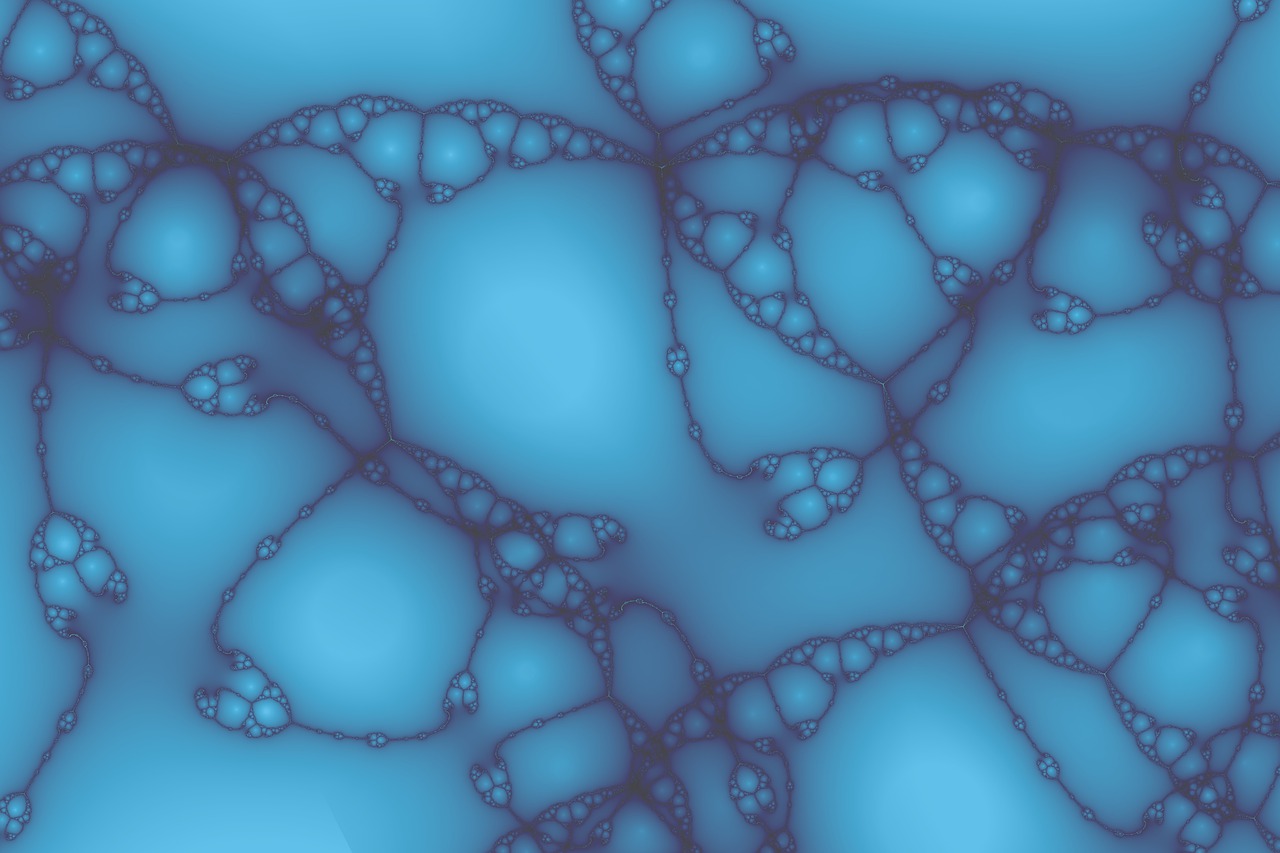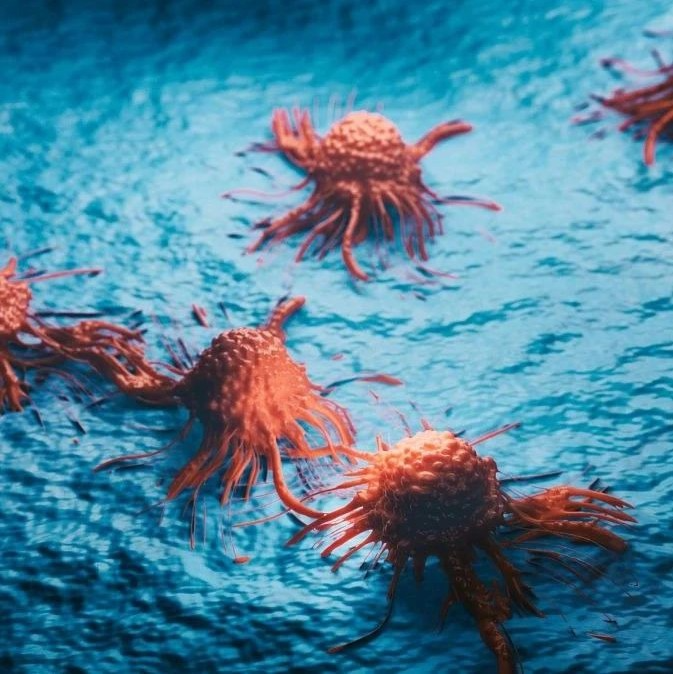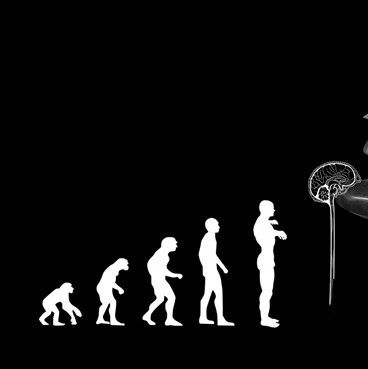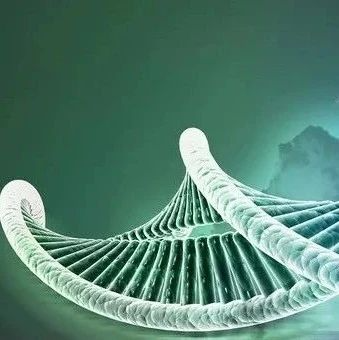美国学者的一项研究表明,在接种HIV疫苗的受试者中疫苗诱发的血清学阳性反应(VISP)相当常见,其原因可能与疫苗免疫原性和所用的检测方法有关。论文发表于《美国医学会杂志》(J Am Med Assoc 2010,304(3):275)。
诱发保护性抗HIV免疫反应是HIV疫苗的主要目标。然而,此种反应可能导致无HIV感染时常规HIV检测结果呈阳性。为了评估VISP的发生频率,研究者利用美国FDA批准的酶免疫测定(EIA)HIV抗体试剂盒对HIV疫苗试验参与者进行了评估。上述HIV疫苗试验于2000~2010年间在美国、南美洲、泰国和非洲四地实施进行。
结果显示,在无HIV感染且接种疫苗产品的2176名受试者中,908例(41.7%)出现VISP。但接种不同HIV疫苗产品的受试者在VISP发生率方面存在显著差异:接种腺病毒产品的460例受试者有399例(86.7%)出现假阳性反应,单独接种痘病毒或以其作为佐剂的522例受试者有295例出现(53.4%),接种DNA产品的555例受试者有35例(6.3%)出现。
与rLAV EIA (21.4%)、HIV-1 Plus O Microelisa System(14.7%)和HIV 1/2肽及HIV 1/2 Plus O(8.8%)试剂盒相比,利用HIV 1/2(rDNA)EIA试剂盒检测时VISP的发生率最高(40.9%)。所有接种糖蛋白140疫苗的受试者(n=70)均出现VISP。在出现VISP并且具有免疫印记实验结果的901例受试者中,92例(10.2%)具有阳性免疫印记结果,592例(65.7%)结果不确定。出现VISP的受试者仅8例接种了不含被膜插入的疫苗。
更多阅读
《美国医学会杂志》发表论文摘要(英文)
Vaccine-Induced HIV Seropositivity/Reactivity in Noninfected HIV Vaccine Recipients
Cristine J. Cooper, PhD; Barbara Metch, MS; Joan Dragavon, MLM; Robert W. Coombs, MD, PhD; Lindsey R. Baden, MD; for the NIAID HIV Vaccine Trials Network (HVTN) Vaccine-Induced Seropositivity (VISP) Task Force
JAMA. 2010;304(3):275-283. doi:10.1001/jama.2010.926
Context Induction of protective anti–human immunodeficiency virus (HIV) immune responses is the goal of an HIV vaccine. However, this may cause a reactive result in routine HIV testing in the absence of HIV infection.
Objective To evaluate the frequency of vaccine-induced seropositivity/reactivity (VISP) in HIV vaccine trial participants.
Design, Setting, and Participants Three common US Food and Drug Administration–approved enzyme immunoassay (EIA) HIV antibody kits were used to determine VISP, and a routine diagnostic HIV algorithm was used to evaluate VISP frequency in healthy, HIV-seronegative adults who completed phase 1 (n = 25) and phase 2a (n = 2) vaccine trials conducted from 2000-2010 in the United States, South America, Thailand, and Africa.
Main Outcome Measure Vaccine-induced seropositivity/reactivity, defined as reactive on 1 or more EIA tests and either Western blot–negative or Western blot–indeterminate/atypical positive (profile consistent with vaccine product) and HIV-1–negative by nucleic acid testing.
Results Among 2176 participants free of HIV infection who received a vaccine product, 908 (41.7%; 95% confidence interval [CI], 39.6%-43.8%) had VISP, but the occurrence of VISP varied substantially across different HIV vaccine product types: 399 of 460 (86.7%; 95% CI, 83.3%-89.7%) adenovirus 5 product recipients, 295 of 552 (53.4%; 95% CI, 49.2%-57.7%) recipients of poxvirus alone or as a boost, and 35 of 555 (6.3%; 95% CI, 4.4%-8.7%) of DNA-alone product recipients developed VISP. Overall, the highest proportion of VISP (891/2176 tested [40.9%]) occurred with the HIV 1/2 (rDNA) EIA kit compared with the rLAV EIA (150/700 tested [21.4%]), HIV-1 Plus O Microelisa System (193/1309 tested [14.7%]), and HIV 1/2 Peptide and HIV 1/2 Plus O (189/2150 tested [8.8%]) kits. Only 17 of the 908 participants (1.9%) with VISP tested nonreactive using the HIV 1/2 (rDNA) kit. All recipients of a glycoprotein 140 vaccine (n = 70) had VISP, with 94.3% testing reactive with all 3 EIA kits tested. Among 901 participants with VISP and a Western blot result, 92 (10.2%) had a positive Western blot result (displaying an atypical pattern consistent with vaccine product), and 592 (65.7%) had an indeterminate result. Only 8 participants with VISP received a vaccine not containing an envelope insert.
Conclusions The induction of VISP in HIV vaccine recipients is common, especially with vaccines containing both the HIV-1 envelope and group-specific core antigen gene proteins. Development and detection of VISP appear to be associated with the immunogenicity of the vaccine and the EIA assay used.
Author Affiliations: Statistical Center for HIV/AIDS Research and Prevention, Fred Hutchinson Cancer Research Center, Seattle, Washington (Dr Cooper and Ms Metch); Department of Laboratory Medicine, University of Washington, Seattle (Ms Dragavon and Dr Coombs); and Division of Infectious Diseases, Brigham and Women's Hospital, Harvard Medical School, Boston, Massachusetts (Dr Baden).







